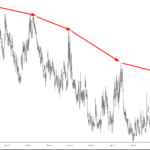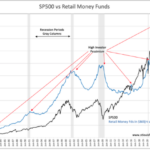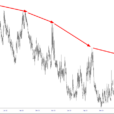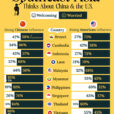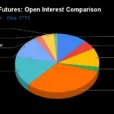
by James Rickards, Daily Reckoning
Hugo Stinnes is practically unknown today, but this was not always the case.

In the early 1920s, he was the wealthiest man in Germany, at a time when the country was the world’s third largest economy. He was a prominent industrialist and investor with diverse holdings in Germany and abroad.
Chancellors and Cabinet ministers of the newly formed Weimar Republic routinely sought his advice on economic and political problems. In many ways, Stinnes played a role in Germany similar to the role Warren Buffett plays in the U.S. today.
He was an ultra-wealthy investor whose opinion was eagerly sought on important political matters, who exercised powerful behind the-scenes influence and who seemed to make all the right moves when it came to playing markets.
If you’re a student of economic history, you know that from 1922-1923 Germany suffered the worst hyperinflation experienced by a major industrial economy in modern times. The exchange rate between the German paper currency, the reichsmark, and the dollar went from 208 to 1 in early 1921 to 4.2 trillion to 1 in late 1923.
At that point, the reichsmark became worthless and was swept down sewers as litter. Yet Stinnes was not wiped out during this hyperinflation. Why was that?
Stinnes was born in 1870 into a prosperous German family that had interests in coal mining. He worked in mines to obtain a practical working knowledge of the industry and took courses in Berlin at the Academy of Mining.
Later, he inherited his family’s business and expanded it by buying his own mines. Then he diversified into shipping, buying cargo lines. His own vessels were used to transport his coal within Germany along the Rhine River and from his mines abroad. His vessels also carried lumber and grains. His diversification included ownership of a leading newspaper, which he used to exert political influence.
Prior to the Weimar hyperinflation, Stinnes borrowed vast sums of money in reichsmarks. When the hyperinflation hit, Stinnes was perfectly positioned. The coal, steel and shipping retained their value.



